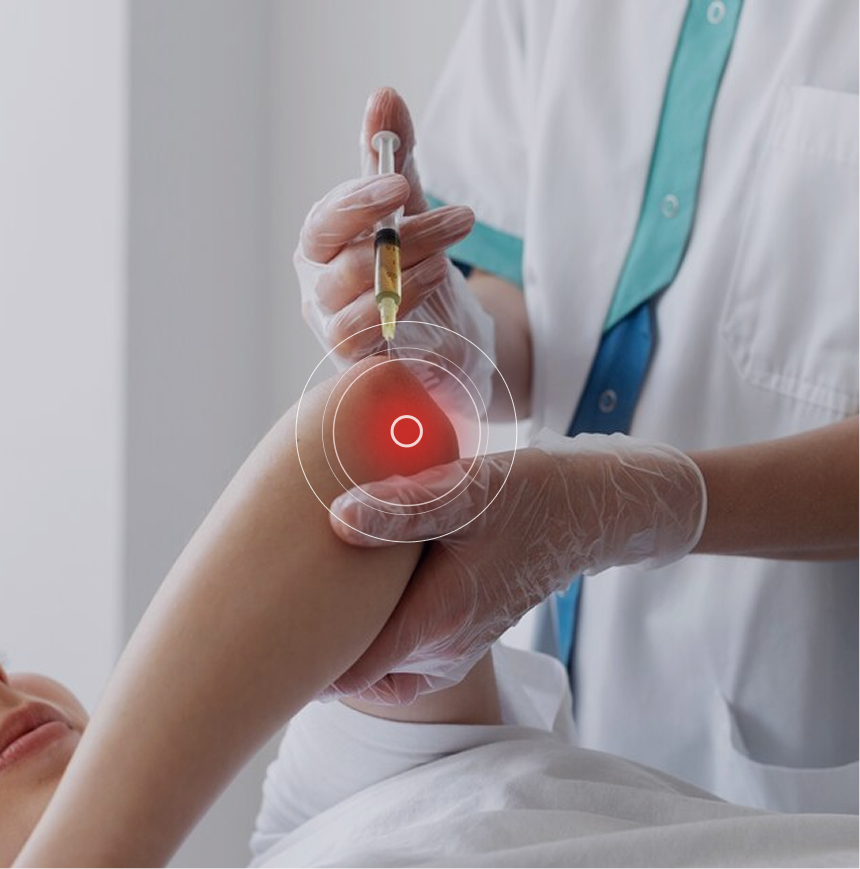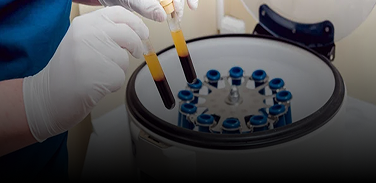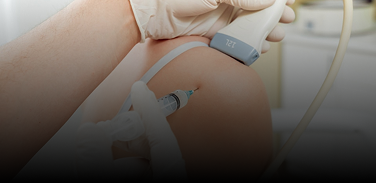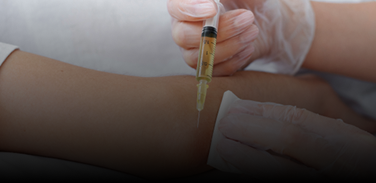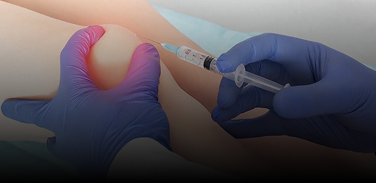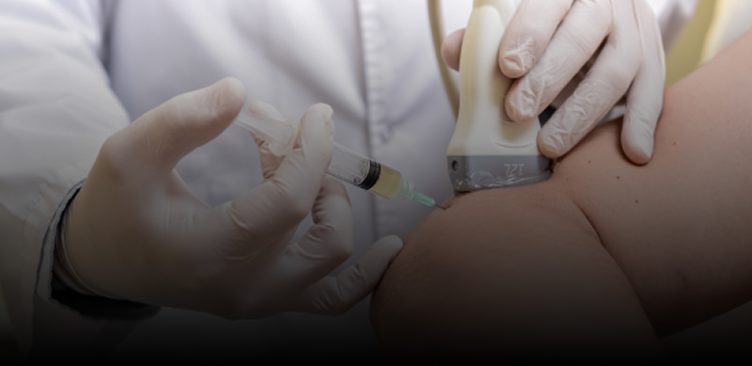Dr. Yuri Brosgol, MD is a neurologist with 20+ years of experience in treating pediatric and adult myofascial pain. Dr. Brosgol is an expert in ultrasound guided prolotherapy, having studied directly under Dr. Stephen Cavallino, a leading Prolotherapy expert and director of the European School of Prolotherapy.
Dr. Brosgol learned fascial hydro release methodology directly from Dr. Carla Stecco, the world’s leading specialist in fascial science. Dr. Brosgol has become a pioneer in the use of orthobiologic solutions, blazing the trail for transformative advancements in the treatment of myofascial disorders.
Together, Dr. Kalika and Dr. Brosgol are combining their skills to revolutionize the way musculoskeletal pain and injuries are treated. Dr. Kalika’s successful track record of diagnosing and rehabilitating musculoskeletal injuries, combined with Dr. Brosgol’s expertise in treating myofascial pain, makes NYDNRehab the clinic of choice for injury rehab in NYC.




